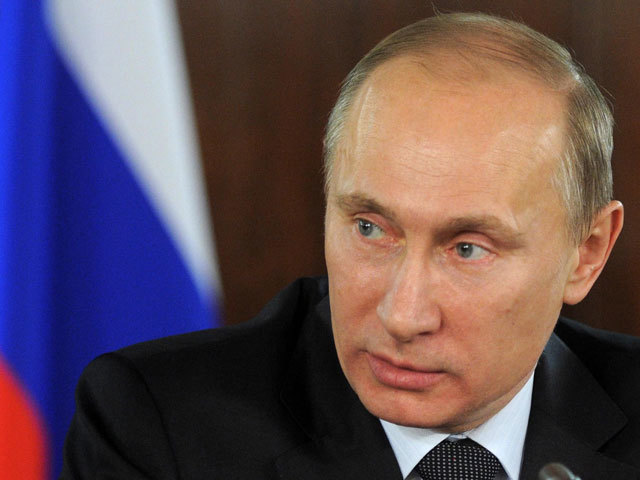
With Siberia’s aging oil fields slowly running dry, Russia is turning to a natural gas by-product to help maintain crude production and meet President Vladimir Putin’s target of 10 million barrels a day.
As companies including OAO Gazprom, OAO Novatek and OAO Rosneft get new Siberian gas fields up and running, they’re also boosting output of condensate, a prized, ultra-light form of crude that’s a common component of underground gas reserves.
Condensate is especially important now because it’s not covered by sanctions on Russia’s oil industry that have targeted Arctic drilling and shale projects.
Production of the ultra-light crude will swell as much as 17 percent this year, according to estimates by Gazprombank. That makes it a key factor driving growth, said Alexander Nazarov, an analyst at the country’s third biggest lender.
“We are witnessing a unique situation this year, as so many gas and condensate projects are being launched,” Nazarov said in an e-mail.
Condensate production may reach about 600,000 barrels a day, or 5 percent of the total annual oil output, he estimated.
That may help the country post another record high for oil production in 2015 and maintain its position as the world’s second-largest producer.
Russia produced 526.3 million tons of oil and condensate in 2014, an average of 10.57 million barrels per day. It’s on track to beat that this year.
Production in January reached a historic post-Soviet record of 10.7 million barrels per day, and output in March remained close to that level.
Gas condensate is more valuable than other types of crude because when it’s refined it produces a very high proportion of high-value gasoline.
It’s so high-octane that in the early days of the U.S. petroleum industry people filled their car tanks with it, according to the Oklahoma Historical Society.
In modern Russia, condensate producers are putting it to better use: they derive as much as 50 percent of their profitability from sales of condensate and products made from it, said Dmitry Loukashov, oil and gas analyst at VTB Capital in Moscow.
“The profitability of condensate has been the main driver of the increase in total output,” he said by phone from Moscow.
Profitability starts at the wellhead and continues all the way to customs, as extraction tax and export duties for condensate are lower than for conventional oil, Loukashov said.
Export duties are calculated per ton. While Russia’s Urals blend averages about 7.3 barrels per ton, condensate can be 8.6 or even 9 barrels, Loukashov said.
So if the export tax rate for Urals works out to $25 a barrel, for example, it may be $20 for condensate.
The price of condensate products, net of taxes, is also higher. Novatek, one of the key Russian condensate exporters, estimated its average 2014 export price of condensate products at $488.50 to $538.60 a ton, net of duties, while its net crude export price was $317.10 a ton.
Work at existing West Siberian projects “guarantees that Russia’s condensate output will grow in the next several years,” Loukashov said.
About 80 percent of new condensate output in 2015 is likely to come from West Siberian projects run by OAO SeverEnergia, a 50-50 joint venture between Novatek and Gazprom’s oil arm OAO Gazprom Neft, Gazprombank’s Nazarov estimated.
SeverEnergia started three gas fields in West Siberia from September to April, expecting to increase its output to about 7 million tons this year, a quarter of Russia’s total condensate output.
Gazprom, Russia’s largest gas company, will probably remain the country’s dominant condensate producer, with an output of about 15 million tons in the near future, Nazarov said.
Gazprom plans to raise its condensate production to 17 million tons a year from 2017, according to the company’s presentation for investors made in February.
Russia’s total gas condensate production is set to rise to about 50 million tons per year by 2030, the country’s largest petrochemical producer PAO Sibur said in an April presentation, citing estimates from the market research company IHS Inc.
Recommended for you
